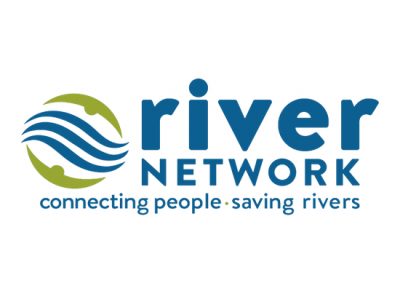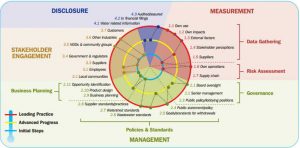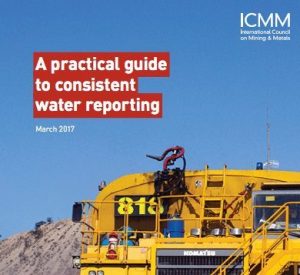Primary Functions
- Find guidance on how drinking water systems work in urban and rural communities regulated under the Safe Drinking Water Act.
Detailed Description
Challenges to our drinking water are varied and include: aging infrastructure, active and legacy resource contamination, climate change, mismanagement, a convoluted regulatory framework, and a shortage of funding to address problems. Drinking water systems are fundamental to our health, economy and well-being, and water suppliers continue to invest billions of dollars annually, mostly at the local level, to keep our water safe to drink.
River Network’s Drinking Water Guide is a first step in galvanizing a national network of advocates for safe, clean, affordable, and sustainable drinking water and drinking water systems. Supported by the C.S. Mott Foundation, and guided by a Great Lakes–based Advisory Committee, the Drinking Water Guide provides in-depth information, resources, and case studies organized into sections that answer these fundamental questions:
- Where does drinking water come from? How can we protect our drinking water?
- What does a drinking water system do?
- How do we ensure water is safe to drink?
- How is drinking water cost calculated? What do water bills pay for?
- How will climate change affect our water? What can we do about it?
- How can we support community advocacy and engagement on drinking water issues?
Because drinking water safety, sustainability, and access are rising concerns for communities across the country, River Network supports groups and individuals advocating for safe, clean, and affordable drinking water. A philosophy of water equity—the idea that all people deserve access to safe, affordable water—grounds this Drinking Water Guide. River Network hopes that the guide will serve as a key resource for groups and individuals working on these issues to better understand, integrate, and elevate issues of equity and justice as part of their drinking water advocacy.





